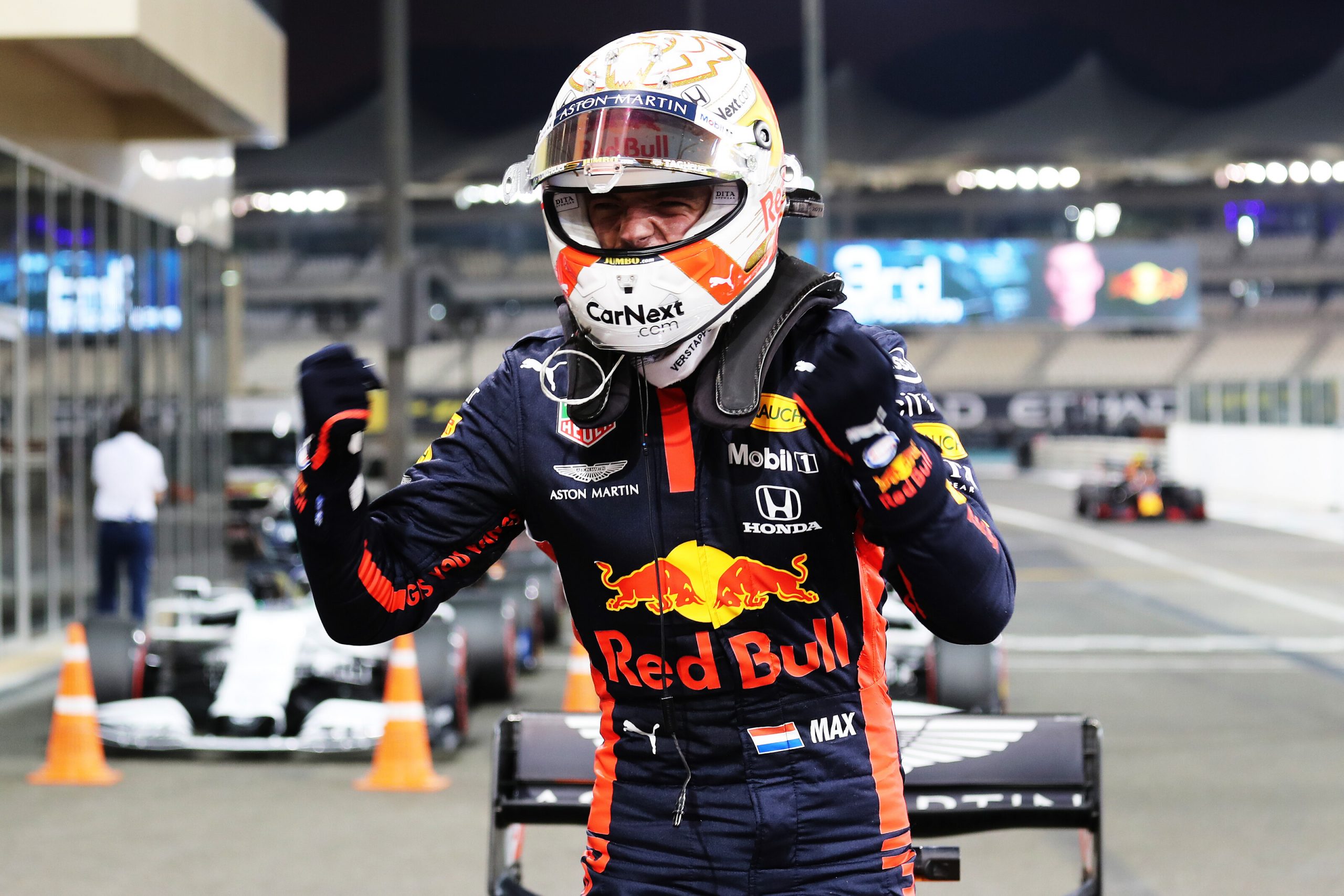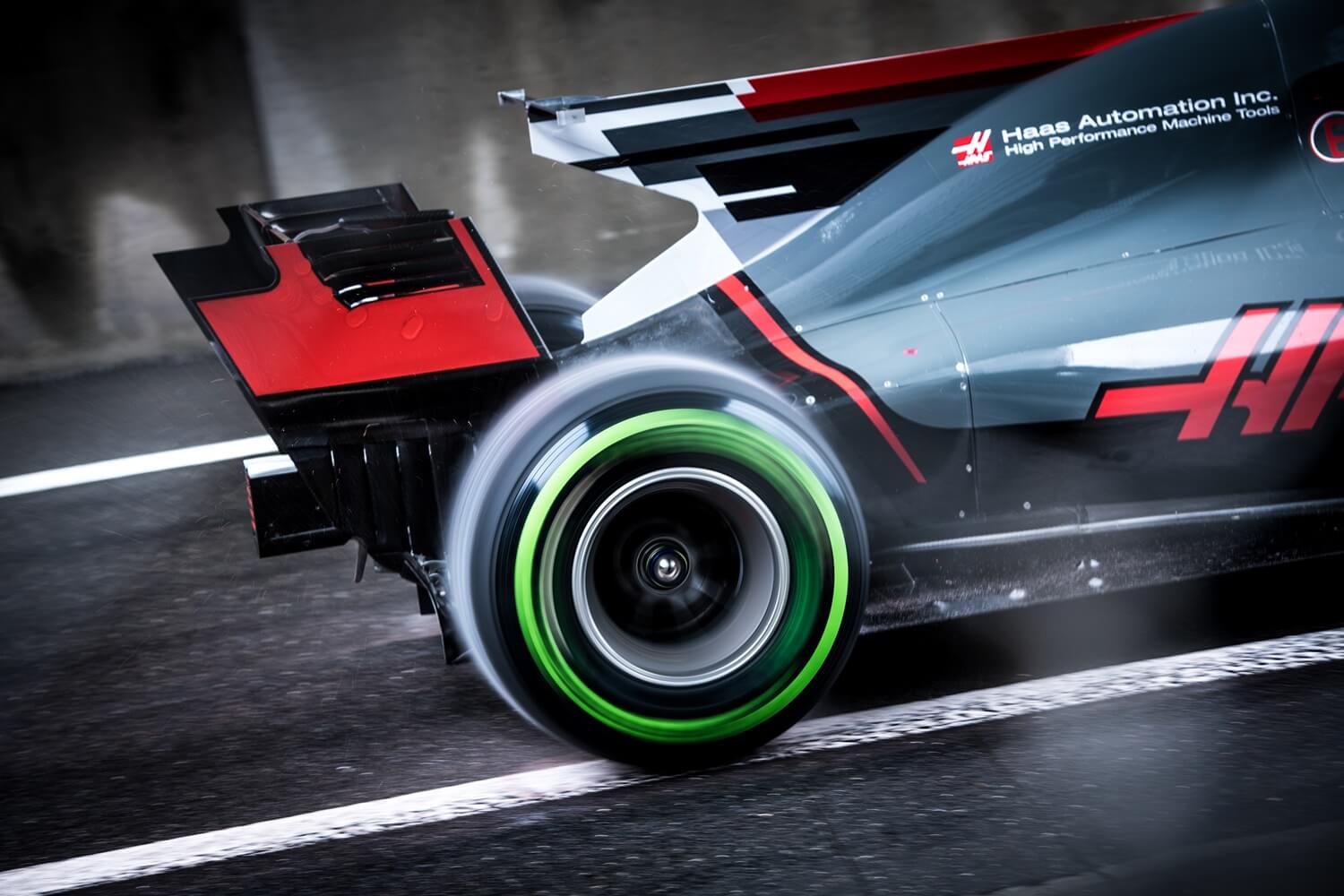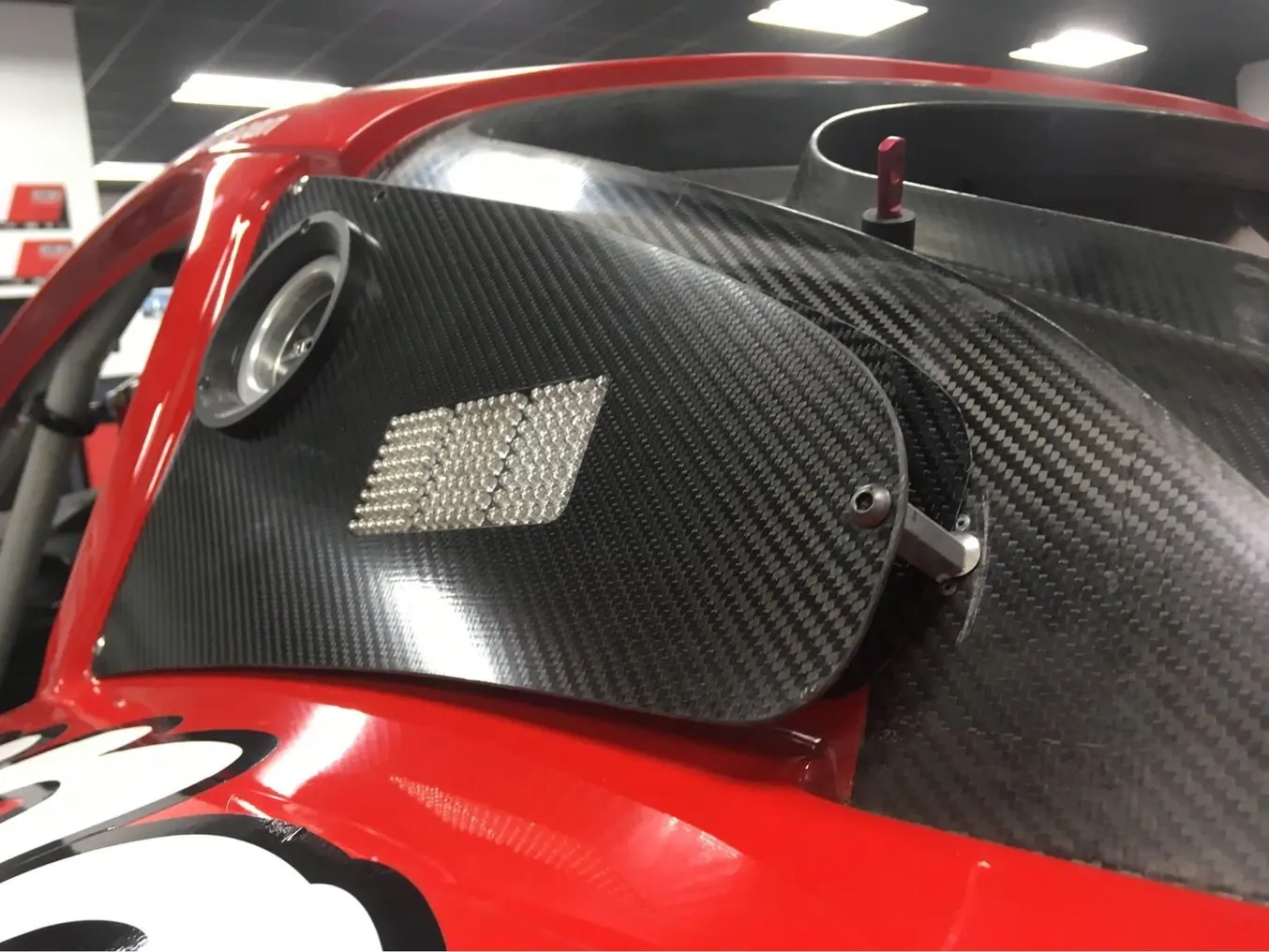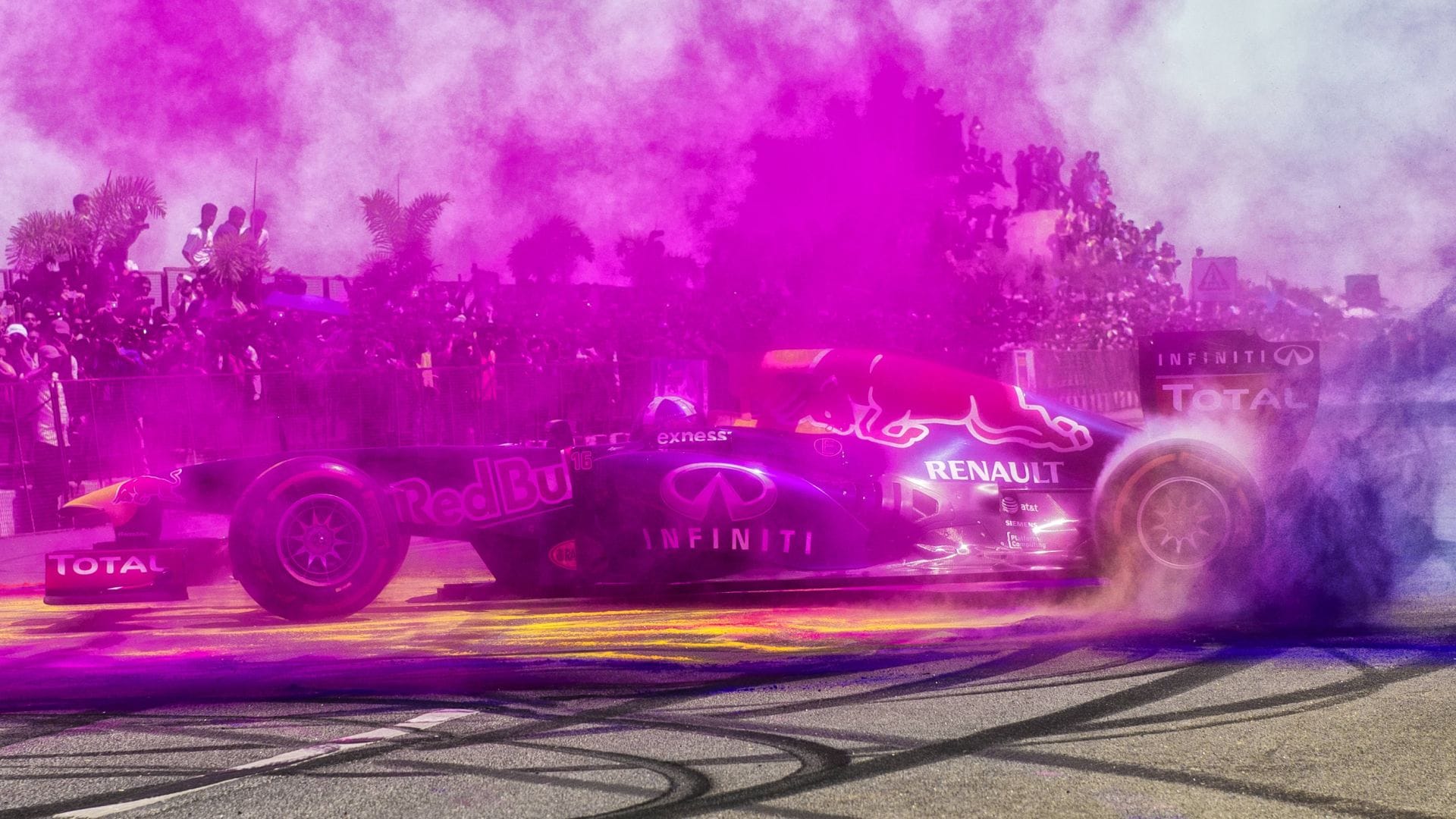Top 7 Groundbreaking Motorsport Innovations That Revolutionized Racing
Motorsport Innovations, often seen as the pinnacle of speed and performance, is a sport that thrives on innovation. Over the years, motorsport has not only pushed the boundaries of technology and engineering but has also influenced the wider automotive industry in unexpected ways. From groundbreaking design changes to revolutionary technologies, motorsport innovations have consistently redefined racing and pushed drivers to new limits. These innovations don’t just enhance performance—they also make racing safer, more thrilling, and more accessible for fans around the world.
In this article, we will explore the top 7 groundbreaking motorsport innovations that have revolutionized the world of racing. From aerodynamic advancements to safety technologies, these innovations have had a profound impact on motorsport, changing the way races are fought, won, and experienced. The future of motorsport is more exciting than ever before, and with each new technological leap, we are seeing innovations that are shaping the sport’s evolution.
1. Aerodynamics: The Game-Changer of Motorsport Innovations
Aerodynamics is one of the most important aspects of modern motorsport, and its development over the years has revolutionized how cars race. The introduction Motorsport Innovations of aerodynamic innovations in motorsport, from spoilers to diffusers, has led to faster lap times, better handling, and more strategic racing.
How Aerodynamics Transformed Racing
In the early years of motorsport, cars were designed for speed without much regard for air resistance. However, as racing cars became faster and more powerful, engineers realized that controlling airflow around the car could significantly improve its performance. By reducing drag and increasing downforce, aerodynamics became a key factor in achieving faster lap times and better grip on the track.
One of the most important motorsport innovations in aerodynamics was the development of the rear wing. Introduced in the 1970s, the rear wing helped to increase downforce, keeping the car more stable at high speeds. The ground effect, which uses the car’s floor to generate additional downforce, was another major breakthrough. These advancements allowed cars to maintain higher speeds through corners, making racing faster and more intense.
Impact on Motorsport Innovations
The development of aerodynamics has been instrumental in Formula 1, IndyCar, and Le Mans racing. As a result, modern racing cars are faster, safer, and more stable, leading to more exciting on-track battles and closer finishes. Aerodynamic innovations have truly revolutionized the sport, enabling faster lap times, safer driving, and more thrilling races.
.jpg?cx=0.62&cy=0.39)
Caption: Aerodynamic innovations, such as rear wings and ground effects, have completely transformed the way racing cars perform on the track, offering greater speed and stability.
2. Hybrid Technology: The Future of Motorsport Innovations Performance
One of the most exciting shifts in motorsport technology has been the integration of hybrid engines. This technology combines the power of traditional internal combustion engines with the benefits of electric motors, creating a more efficient, yet powerful, driving experience. Hybrid technology has become an essential component of modern motorsport, especially in Formula 1 and endurance racing.
Why Hybrid Technology Matters in Motorsport
Hybrid engines Motorsport Innovations allow race teams to maximize power output while reducing fuel consumption. In Formula 1, for example, Energy Recovery Systems (ERS) capture energy typically lost during braking and store it to be used for acceleration. This technology enhances performance and energy efficiency, making it a critical element in the quest for better race strategies and lower environmental impact.
In Formula E, a fully electric racing series, hybrid systems also offer teams the ability to balance energy use across a race, providing a competitive edge. As environmental concerns grow, hybrid and electric technologies are likely to continue their rise in motorsport, providing new ways to race while reducing the sport’s carbon footprint.
Impact on Motorsport
As hybrid technology evolves, we will likely see even more innovations that enhance efficiency and speed. These changes not only make racing greener but also more exciting, as teams push the boundaries of hybrid power to gain an edge in Formula 1 and other competitive series. Expect these technologies to play an increasingly significant role in future racing.

Caption: The introduction of hybrid technology in motorsport, such as energy recovery systems, has increased both the sustainability and performance of racing cars.
3. Safety Features: The Lifesaving Motorsport Innovations
Safety is an area where motorsport innovations have been incredibly impactful, with developments over the years drastically reducing the risk of injury to drivers. As motorsport has evolved, so too has the technology designed to protect the drivers in high-speed races.
How Safety Innovations Have Changed Motorsport Innovations
In the early years of motorsport, safety was not a primary concern, but today, it is at the forefront of every design. Innovations like the Head and Neck Support (HANS) device and the halo system have been game-changers. The HANS device was designed to prevent neck injuries during collisions, while the halo system, a protective bar around the cockpit, helps shield drivers from flying debris and impacts.
Other significant advancements include improved crash barriers, fire-resistant suits, and high-tech helmets. These innovations have made racing safer, ensuring that drivers can compete at the highest level while minimizing the risk of severe injuries.
Impact on Motorsport
The impact of safety innovations cannot be overstated. They have saved countless lives and made motorsport one of the safest forms of high-speed sport. With each new technological advancement, drivers can race with more confidence, knowing that the sport’s governing bodies are committed to improving their protection. As technology continues to improve, we can expect even more safety breakthroughs in the future of motorsport.

Caption: Safety innovations, such as the HANS device and halo system, have significantly reduced the risks involved in motorsport, protecting drivers during high-speed crashes.
4. Telemetry and Data Analytics: Revolutionizing Race Strategy
Telemetry and real-time data analysis have transformed how teams approach Motorsport Innovations. These technologies enable teams to collect data from the car in real-time, allowing them to monitor vehicle performance, adjust settings, and make immediate decisions based on live conditions.
The Role of Telemetry in Motorsport Performance
Telemetry systems were first introduced in Formula 1 in the 1980s, and since then, their role has expanded dramatically. Today, nearly every aspect of a race car’s performance is monitored via sensors and data systems that report back to the engineers during the race. Data such as tire wear, fuel consumption, and even braking force is continuously recorded and analyzed to ensure that the car is performing at its peak.
In addition to race-day analysis, telemetry also plays a crucial role in the development of racing cars. Teams use real-time data from test sessions and races to fine-tune car setups, improve aerodynamics, and optimize engine performance.
Impact on Motorsport
The introduction of telemetry has drastically changed how race teams make decisions during a race. In the past, teams relied on drivers to communicate any issues, but now engineers can make changes remotely or provide instant feedback to drivers, making strategies more dynamic and adaptive. This innovation has brought motorsport to a new level of precision and performance, making every race more competitive and exciting for fans.
Telemetry and data analytics have become integral parts of motorsport, changing how teams approach race strategy and vehicle performance. These innovations allow teams to collect real-time data from the car, analyze performance, and make adjustments during the race.
The Role of Telemetry in Motorsport
Telemetry systems in motorsport have been around for decades, but their capabilities have greatly expanded in recent years. Formula 1 teams now have access to thousands of data points during a race, including tire temperature, fuel levels, engine performance, and more. This information is sent back to the team’s engineers, who can analyze the data and make adjustments to the car’s settings in real-time.
For instance, if a driver is losing time in a particular sector, the team can instruct the driver to adjust braking points or shift gears differently. Telemetry also helps teams monitor the car’s condition, ensuring that issues like overheating or tire degradation are addressed before they become problems.
Impact on Motorsport
The use of real-time data analytics has made motorsport more strategic, allowing teams to optimize performance and adjust tactics during the race. Drivers and engineers are now able to make on-the-fly decisions based on live data, making races more dynamic and unpredictable. Telemetry systems have revolutionized how races are approached, making it one of the most crucial motorsport innovations in recent years.

Caption: Telemetry systems in motorsport provide teams with real-time data, allowing them to adjust strategies and vehicle performance during the race.
5. The Evolution of Tires: The Unsung Hero of Motorsport Innovations
While it may seem like an understated innovation, tire technology has had a massive impact on the performance and safety of motorsport vehicles. The development of high-performance tires that can handle extreme temperatures and provide maximum grip has been key to the evolution of racing.
Tire Technology and Motorsport Performance
In the early days of motorsport, tires were simply a means to keep cars moving. However, as Motorsport Innovations became more competitive and faster, tire technology advanced to meet the growing demands. Pirelli, Michelin, and Bridgestone have led the charge in creating high-performance tires designed for different weather conditions, track types, and racing styles.
One of the most significant developments in tire technology is the introduction of tire compounds. By using different materials in tires, manufacturers can create compounds that provide more grip or longer durability, depending on the race strategy. This innovation allows teams to optimize tire choices for each race, giving them a strategic advantage.
Impact on Motorsport
Tires are the only contact point between the car and the track, so their performance directly affects the car’s handling and speed. Tire innovations have allowed cars to achieve higher speeds, better stability, and improved grip, leading to more competitive and thrilling races. Tires are integral to motorsport strategy, influencing everything from pit stops to race tactics.

Caption: Tire innovations, such as compound development, allow teams to optimize performance and strategy, making them a key factor in racing success.
6. Lightweight Materials: Making Cars Faster and Safer
The use of lightweight materials in motorsport has had a profound impact on the performance, efficiency, and safety of racing cars. By reducing the weight of the vehicle, teams can improve acceleration, cornering, and overall performance while also ensuring better safety in the event of a crash.
The Role of Lightweight Materials in Motorsport
Materials like carbon fiber and titanium have been used in motorsport for decades, revolutionizing the design of racing cars. Carbon fiber, in particular, is known for its incredible strength and lightweight properties, making it the ideal material for constructing parts of the car’s body and monocoque (the central part of the car that holds the driver). This material helps reduce the car’s overall weight, leading to better aerodynamics and higher speeds.
The use of lightweight materials also improves safety. In the event of a crash, the materials used in the car are designed to absorb impact and protect the driver, making them an essential part of modern motorsport.
Impact on Motorsport
The use of lightweight materials has allowed teams to develop faster, safer cars. By reducing weight while maintaining strength, racing cars have become more efficient and capable of achieving higher speeds. These innovations continue to push the boundaries of what’s possible in motorsport.

Caption: Lightweight materials, such as carbon fiber, have revolutionized racing car design, making vehicles faster, safer, and more efficient.
7. Driver Assistance Systems: Enhancing Performance and Control
Driver assistance systems in motorsport, such as traction control, anti-lock braking systems (ABS), and power steering, have transformed how drivers handle their vehicles. These systems work to make the car more stable and responsive, helping drivers maintain control at high speeds.
How Driver Assistance Systems Work in Motorsport
In the past, drivers had to rely solely on their skill and instincts to control the car. However, as technology evolved, driver assistance systems were introduced to enhance vehicle stability and performance. Traction control helps prevent wheel spin during acceleration, while ABS prevents the wheels from locking up during braking, especially in wet or slippery conditions.
These systems don’t replace the skill of the driver; rather, they support the driver’s abilities, allowing them to maintain control in challenging conditions. By providing more responsive handling and improving stability, these innovations have made motorsport safer and more exciting.
Impact on Motorsport
Driver assistance systems have allowed drivers to push the limits of their cars while still maintaining control. These innovations have enhanced racing performance, making it easier for drivers to handle difficult conditions and achieve faster lap times. As these systems continue to evolve, they will become even more integral to modern motorsport.

Caption: Driver assistance systems like traction control and ABS enhance car performance and driver control, making them essential for modern motorsport.
Conclusion: The Future of Motorsport Innovations
Motorsport innovations have had a profound impact on the world of racing, changing everything from vehicle performance to driver safety. From aerodynamics to hybrid technology, the sport has seen incredible technological advancements that have redefined the way we watch and enjoy racing.
As we look to the future, it’s clear that motorsport innovations will continue to evolve, bringing new technologies and developments that will make racing even more thrilling, safer, and sustainable. Whether it’s data analytics, driver assistance systems, or environmentally friendly technologies, the future of motorsport is bright and full of exciting possibilities.
For fans of the sport, these groundbreaking innovations not only enhance the excitement on the track but also make it more accessible and safer for all involved. As motorsport continues to innovate, we can look forward to an even more thrilling and high-tech future.
If you’re a die-hard fan of these incredible drivers and want to show your support, why not grab a custom racing hoodie that reflects your passion for the sport? Visit our website today to explore a wide range of custom-designed racing gear and gear up like your favorite F1 drivers. Whether you’re cheering from the stands or enjoying the race from home, our stylish and comfortable hoodies are perfect for any true F1 enthusiast. Don't miss out on the chance to wear your love for motorsport with pride!
SHARE
Leave a comment
Related post
SUBSCRIBE & GET FREE SHIPPING
Get a FREE shipping code when you subscribe.
SUPPORT
POLICIES
INFOMATIONS
Fair Use Statement
These fan-created designs, celebrating racing legends and their achievements, are intended for personal enjoyment and artistic appreciation. Trademarks or official branding are used descriptively, without suggesting official endorsements.





0 comment
Be the first to comment